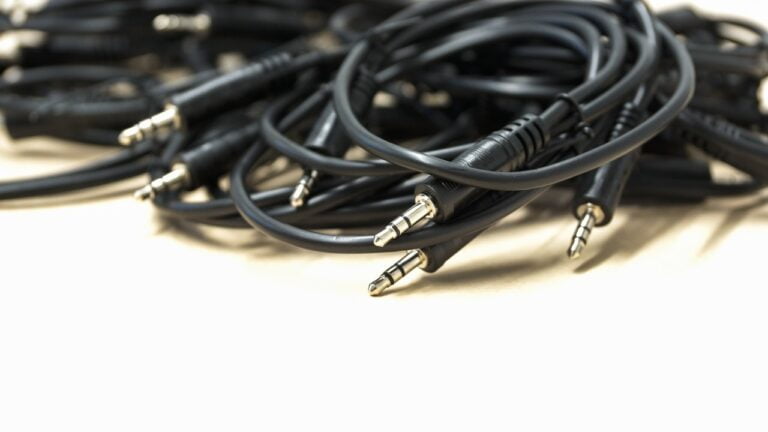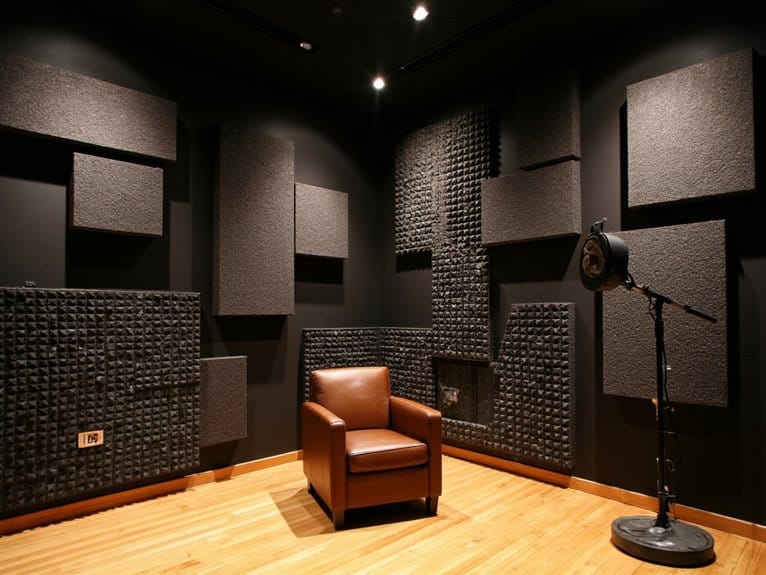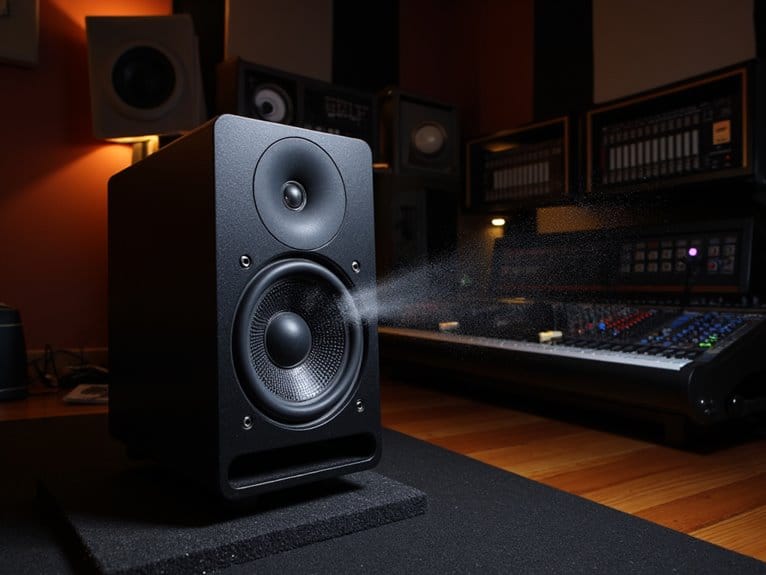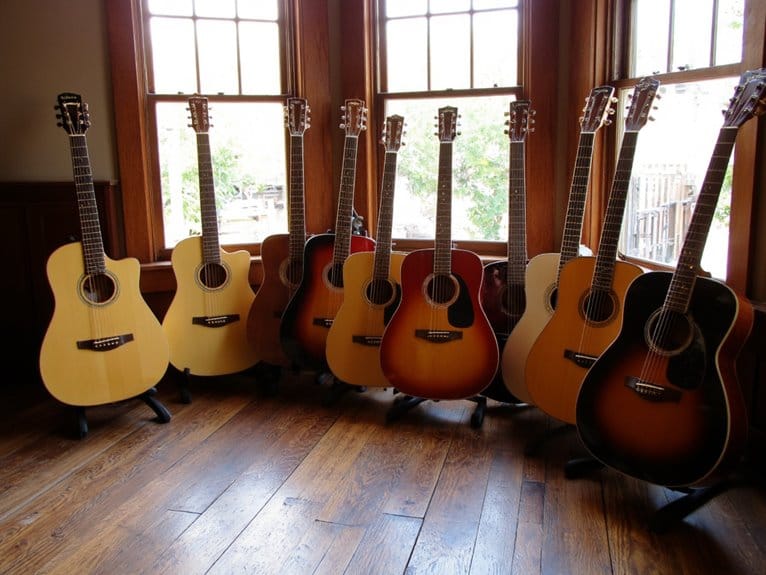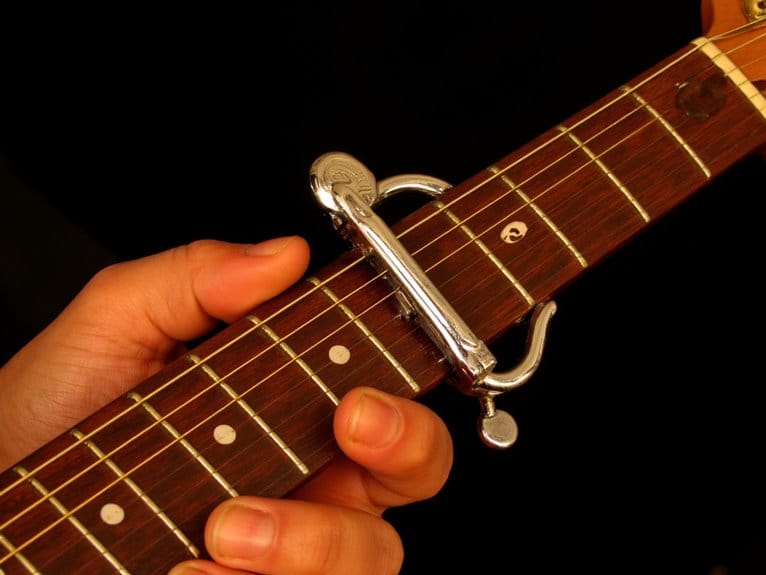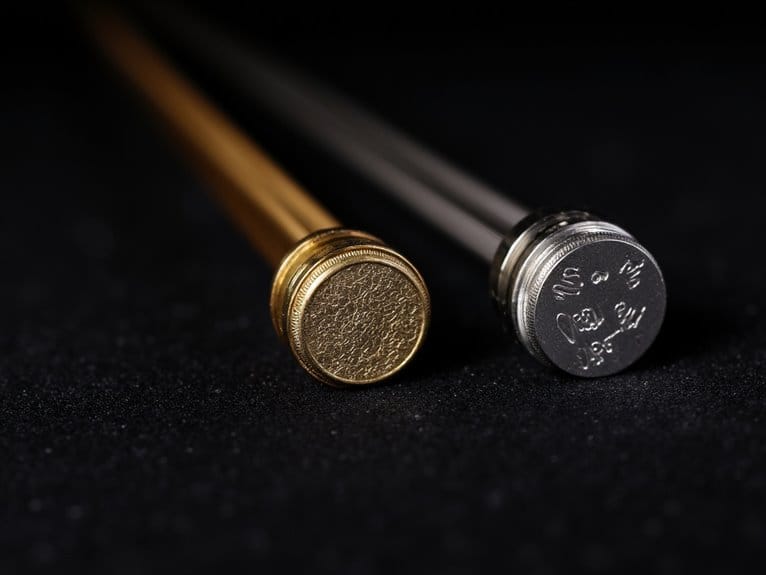Analog Vs Digital Mixers: Complete Comparison
When you’re choosing between analog and digital mixers, you’ll find that analog units process audio through direct electrical circuits that add natural warmth and harmonic distortion, while digital mixers convert signals to data for pristine reproduction and advanced features like built-in effects and flexible routing. Analog mixers offer intuitive hands-on control with dedicated knobs and faders, making them ideal for beginners and live performances, but they’re bulkier and more expensive to maintain. Digital mixers provide compact designs, preset recall, and extensive customization options, though they require menu navigation and introduce 1-10ms latency delays. The insights below reveal which approach best suits your specific mixing needs.
We are supported by our audience. When you purchase through links on our site, we may earn an affiliate commission, at no extra cost for you. Learn more.
Notable Insights
- Analog mixers provide natural warmth through direct electrical processing, while digital mixers offer cleaner sound with reduced noise distortion.
- Digital mixers include built-in effects and flexible routing in compact designs, whereas analog mixers feature dedicated physical controls with fixed routing.
- Analog mixers cost $200-$800 with intuitive workflows, while digital mixers cost thousands but offer advanced customization and preset recall capabilities.
- Digital mixers experience 1-10ms latency delays during conversion, while analog mixers provide immediate real-time audio processing without delay.
- Analog mixers excel in live events for reliability and ergonomics, while digital mixers suit studio work requiring flexibility and effects processing.
Signal Processing and Sound Quality Differences
When you’re choosing between analog and digital mixers, I’ve found that understanding their fundamental signal processing differences becomes the cornerstone of making an informed decision that’ll serve your audio needs for years to come.
The signal path in analog mixers processes audio through direct electrical voltages, creating that coveted sound warmth and natural saturation I’ve come to appreciate over years of mixing.
Through years of hands-on experience, I’ve discovered that analog’s direct voltage processing delivers an irreplaceable warmth that digital simply cannot replicate.
Digital mixers, conversely, convert signals to digital data, which eliminates much of the noise distortion that plagues analog circuits but sacrifices some organic character. Digital mixers also maintain waveform purity through their advanced signal processing techniques, ensuring consistent audio reproduction across all channels.
While digital cleanliness offers precise parameter control and advanced processing capabilities, analog’s electrical limitations introduce pleasing harmonic distortion that many engineers, myself included, find musically beneficial for certain applications. However, digital mixers introduce latency delays ranging from 1 ms to 10 ms due to analog-to-digital conversion processing.
Workflow and User Interface Comparison
How dramatically different your mixing experience becomes depends largely on whether you’re working with physical faders and knobs or maneuvering through digital menus and touchscreens.
Analog mixers deliver superior control accessibility through dedicated channel strips, letting you adjust multiple parameters simultaneously without hunting through layered menus. Every input, EQ, and effect sits right where you’d expect it, creating an intuitive workflow that reduces cognitive load during live performances. The simpler design of analog mixers makes them particularly appealing for beginners learning fundamental mixing concepts.
Digital mixers sacrifice some interface responsiveness for versatility, requiring you to navigate between channel banks and menu pages. While this can slow immediate adjustments, you’ll gain powerful preset recall capabilities and flexible routing options. Digital mixers also provide visual screens for feedback and editing of effects, with some featuring touch capabilities.
The learning curve steepens considerably with digital units, though offline editing and session management features often justify the initial complexity for professional applications requiring consistent, repeatable setups.
Features and Processing Capabilities
Nothing reveals the fundamental differences between analog and digital mixers quite like examining their feature sets and processing capabilities, where each technology’s strengths become immediately apparent through practical application.
Examining feature sets and processing capabilities instantly reveals where analog and digital mixing technologies excel in practical applications.
You’ll find that digital mixers dominate in routing options, offering flexible signal paths that can be reconfigured on-demand, while analog units provide fixed but reliable routing architectures.
When it comes to built in effects, digital mixers include extensive reverbs, delays, and compression algorithms that would require expensive outboard gear with analog systems.
The customization features available in digital mixers, including preset recall and remote control capabilities, far exceed what’s possible with analog designs.
However, analog mixers compensate with their direct signal processing and warm sound characteristics that many engineers prefer over digital’s precision-based automation capabilities. Digital mixers also offer touchscreen options that simplify navigation and provide intuitive control interfaces for complex routing and effects management.
Size, Portability, and Physical Design
Beyond the sophisticated processing capabilities that distinguish these mixing platforms, the physical dimensions and portability factors present equally compelling considerations that’ll directly impact your studio workflow and live performance logistics.
Digital mixers deliver considerably smaller footprints than comparable analog units, consolidating multiple functions into compact designs through software-based processing that eliminates bulky outboard gear requirements.
While analog mixers provide superior control ergonomics with dedicated physical controls for every function, they’re markedly less portable and occupy more rack space. Analog mixers are generally heavier designs that require more maintenance to prevent degradation over time.
Digital platforms sacrifice some tactile immediacy for space efficiency, using multipurpose controls and touchscreen interfaces that, honestly, require more menu navigation but offer remarkable configurability.
The mixer aesthetics differ substantially too, with digital units featuring sleek, modern displays while analog consoles maintain classic, knob-heavy layouts that many engineers still prefer for hands-on mixing. Digital mixers also offer enhanced expandable design capabilities, allowing connection with external touch panel controllers that improve usability for operators with varying experience levels.
Cost Analysis and Market Applications
When examining the financial landscape of mixer selection, you’ll discover that analog units consistently deliver superior value propositions for budget-conscious applications, with reliable models like the Yamaha MG Series spanning just $200-$800 compared to digital counterparts that can demand several thousand dollars for comparable functionality.
| Application | Analog Preference | Digital Preference |
|---|---|---|
| Live Events | High reliability | Advanced features |
| Home Recording | Cost-effective | Flexible routing |
| Professional Studios | Simple operation | Precise control |
Your budget considerations will heavily influence these choices, as analog mixers require less maintenance while retaining value better over time. Different user demographics gravitate toward specific solutions—I’ve noticed that seasoned engineers often prefer analog’s intuitive interface for live work, while younger producers embrace digital’s versatility for studio applications. Market research confirms significant demographic segmentation between analog and digital mixer preferences across different age groups and professional experience levels. Many analog mixers feature metal chassis construction that ensures long-term durability and consistent performance across various environments.
Frequently Asked Questions
Can I Use Both Analog and Digital Mixers Together in One Setup?
Yes, you can definitely combine both types in one setup, though mixer compatibility requires careful planning since you’ll need appropriate converters to bridge analog and digital signal formats.
Signal routing becomes more complex as you’ll be managing different connection types, but this hybrid approach gives you analog warmth alongside digital versatility.
I’ve found that while it demands technical knowledge and additional hardware investment, the flexibility often justifies the complexity.
How Long Do Analog Mixers Typically Last Compared to Digital Mixers?
You’ll find analog lifespan often exceeds digital lifespan by decades when properly maintained, since I’ve observed their simpler circuitry withstands physical wear better than complex digital components.
However, your digital mixer’s longevity depends more on software obsolescence than hardware failure, while analog units face mechanical degradation from environmental factors like dust, moisture, and component aging that can shorten their operational life.
Do Digital Mixers Require Regular Software Updates and Maintenance?
Yes, you’ll need regular firmware upgrades and maintenance for digital mixers, unlike their analog counterparts that I’ve found require minimal upkeep.
Software compatibility becomes essential as operating systems evolve, and manufacturers release updates that fix bugs, add features, but often reset your settings to defaults.
You’ll also need to calibrate faders, clean components with specialized lubricants, and monitor processing loads to prevent latency issues during live performances.
Which Mixer Type Is Better for Recording Vocals in Home Studios?
Your mixer preferences for vocal clarity depend on what you’re prioritizing in your home studio setup.
I’d say analog mixers give you that warm, harmonic richness that makes vocals sound naturally appealing, while digital mixers offer superior editing flexibility and cleaner signal paths.
For pure vocal tone, analog wins, but if you need extensive post-production capabilities, digital’s your better bet.
Are There Hybrid Mixers That Combine Analog and Digital Technologies?
Yes, you’ll find hybrid mixers that brilliantly merge analog warmth with digital convenience, and I’ve used several that impressed me.
These units feature analog preamps and faders while incorporating USB interfaces, built-in effects processors, and digital recording capabilities.
Popular models like Yamaha’s MGP series and Mackie’s ProFX line offer this hybrid technology, giving you tactile analog control alongside modern mixer features like computer connectivity and onboard digital effects.
On a final note
You’ll find that choosing between analog and digital mixers ultimately depends on your specific needs, budget constraints, and workflow preferences. If you’re chasing that warm, vintage sound and don’t mind the physical limitations, analog’s your friend. For versatility, recall capabilities, and modern integration, digital wins hands down. I’ve seen both excel in their respective domains, so don’t overthink it—pick what serves your music best.


